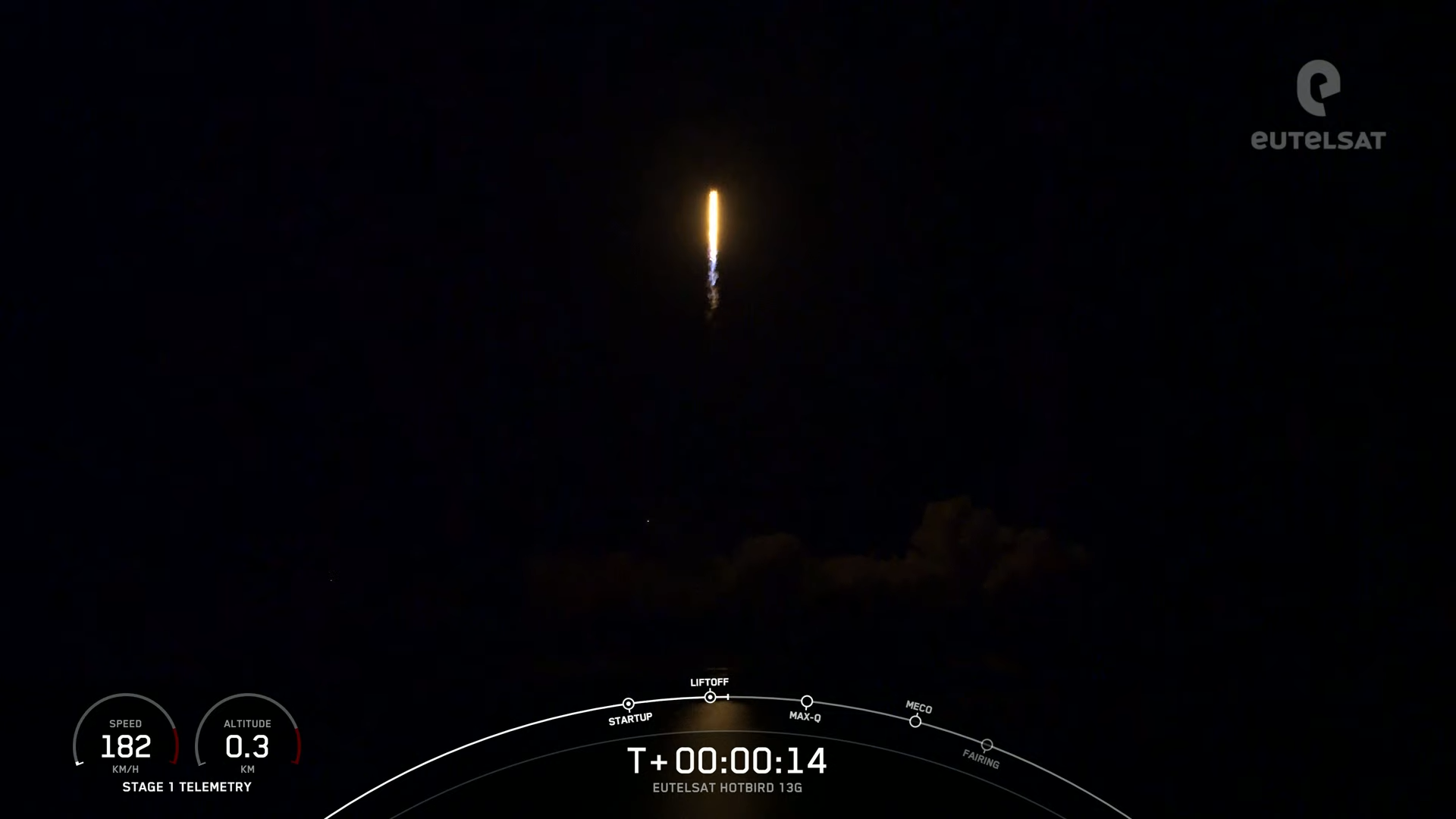
Less than two days since its mammoth Falcon Heavy returned to flight for the first time in over three years, SpaceX has upped the pace of a busy November by lofting the high-powered, direct-to-home Hotbird 13G communications satellite for Paris, France-headquartered Eutelsat. Liftoff of the seven-times-flown B1067 core—which last flew in mid-September—occurred from storied Space Launch Complex (SLC)-40 at Cape Canaveral Space Force Station, Fla., at 1:22 a.m. EDT Thursday, 3 November, right at the closing instant of a 122-minute “launch window”.
Tuesday morning’s successful launch of the triple-barreled Falcon Heavy, laden with the highly secretive USSF-44 payload for the U.S. Space Force, was the 50th SpaceX mission of 2022, far surpassing its previous personal best of 31 missions, achieved late last fall. Eleven missions originated from Vandenberg Space Force Base, Calif., the rest from the Cape’s SLC-40 or historic Pad 39A at neighboring Kennedy Space Center (KSC).
Twelve Falcon 9 cores and the brand-new core and side-boosters of Tuesday’s Heavy have lofted over 1,600 Starlink low-orbiting internet communications satellites, two classified payloads for the National Reconnaissance Office and three mixed-manifest Transporter missions. Added to that list has been South Korea’s first voyage to the Moon, three crewed flights to the International Space Station (ISS)—including April’s historic all-civilian Ax-1 mission—and the CRS-25 Cargo Dragon under the second-round Commercial Resupply Services (CRS2) contract.
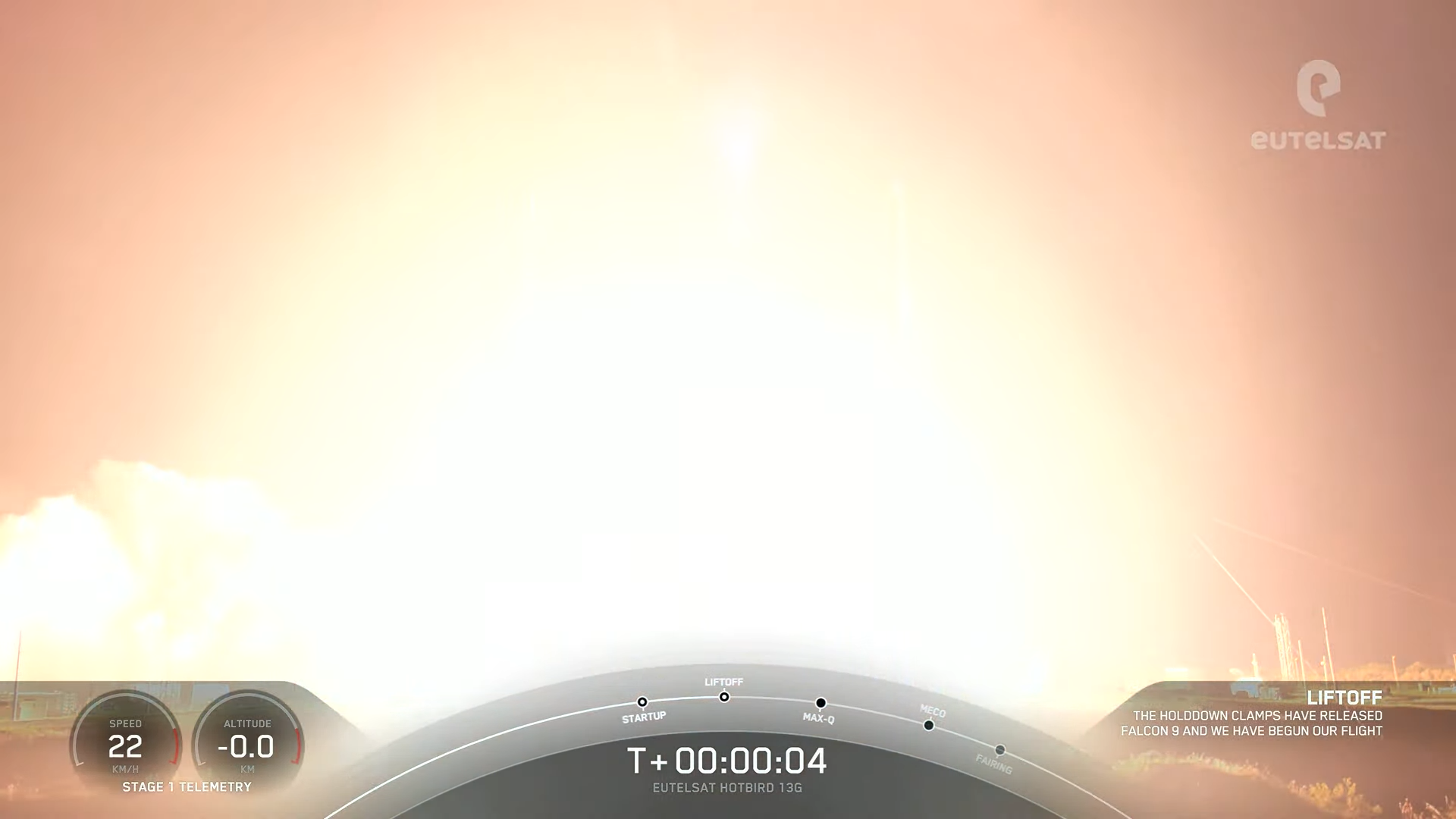
Geostationary-bound flights also received a substantial hike in 2022, with no fewer than seven payloads—Egypt’s Nilesat 301 and SES-22 for Luxembourg-based provider SES in June, Eutelsat’s Hotbird 13F and Intelsat’s dual-stacked Galaxy 33/34 twins last month, Tuesday’s launch of USSF-44 and Wednesday’s flight of Hotbird 13G—having all headed uphill. That sets 2022 just behind 2017 and 2018, which scored seven and eight geostationary launches, respectively, although with three more GEO-headed missions scheduled for November, SpaceX looks set to soon establish another record this year.
You might be forgiven for thinking you had seen Wednesday’s launch of Hotbird 13G before. An almost identical satellite was launched via Falcon 9 only last month.
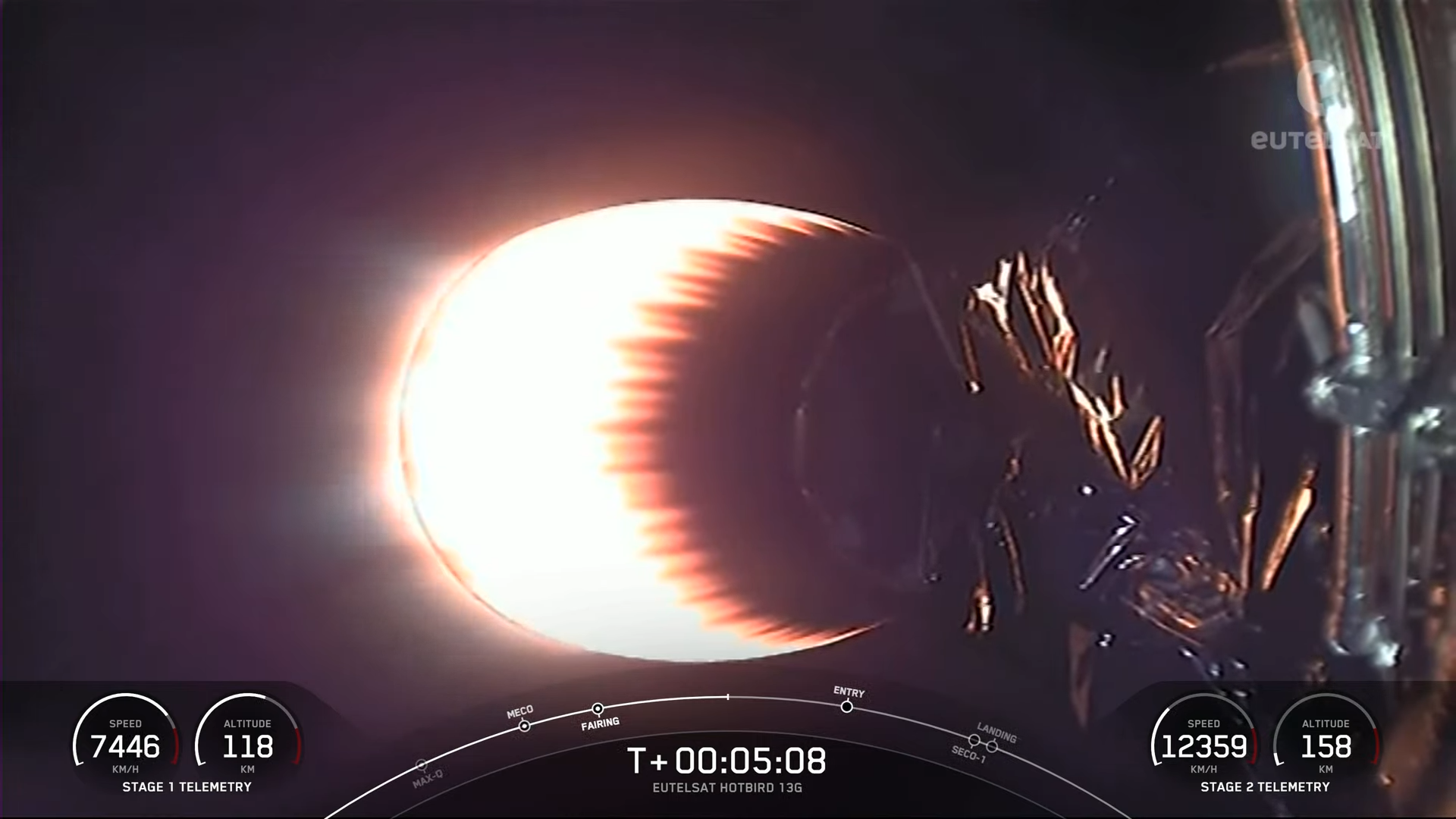
Hotbird 13F and 13G are both high-powered, direct-to-home communications satellites, destined to replace the aging Hotbird 8, 9 and 10—launched way back in August 2006, December 2008 and February 2009—at 13 degrees East longitude. Contracts to build Hotbird 13F and 13G were awarded by Eutelsat to Airbus Defence & in November 2018.
Both satellites are based upon the 8,800-pound (4,100-kilogram) Eurostar-Neo “bus”. Notably, they boast Additive Layer Manufacturing (ALM)—3D printing—of more than 500 radio frequency components, including multi-waveguide blocks and switch assembly networks. According to Airbus, this not only resulted in substantial labor savings during the satellite assembly process, but also marked the first large-scale deployment of radio frequency products using ALM.
Last month, only hours after the Hotbird 13F launch, the Hotbird 13G satellite was delivered safely from its assembly facility in Toulouse, France, to KSC in Florida, aboard an Airbus BelugaST wide-bodied transport aircraft.
Powered by all-electric propulsion, the Hotbird twins are furnished with a correspondingly larger payload, allowing two satellites to provide the same amount of Ku-band capacity as the three which currently support the 13 degrees East orbital “slot”. And with a payload power of 22 kilowatts, the Eurostar-Neo has enhanced resistance against signal jamming, including advanced features in terms of uplink signal protection and resilience and exceptional on-orbit redundancy capabilities.
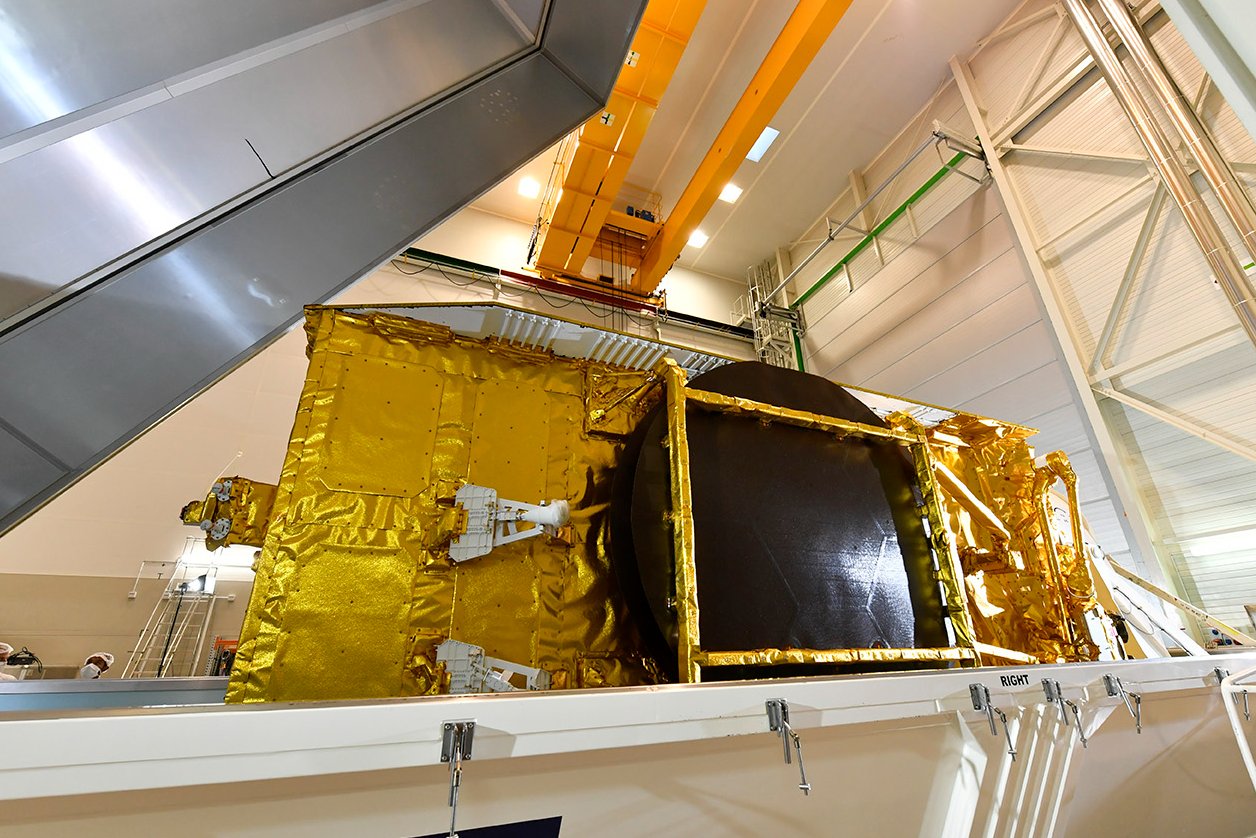
Hotbird’s current presence at 13 degrees East affords it one of Europe’s largest broadcasting systems, delivering 1,000 television channels to over 160 million homes in Europe, North Africa and the Middle East. Since the Hotbird 13F/13G contract award, multiple channel providers have signed multi-year agreements to secure resources on this powerful pair of satellites.
These include Spain’s Telefonica, which signed contracts in December 2019 to distribute general interest and news channels and Travel Africa Network’s high-definition travel channels, whose own deal with Eutelsat was concluded in May 2020. More recently, in September 2020 Sky Italia renewed its Hotbird capacity and in October of last year TVN—part of the Discovery Group and Poland’s leading private broadcaster with 24 channels—signed a multi-year agreement to secure incremental resources.
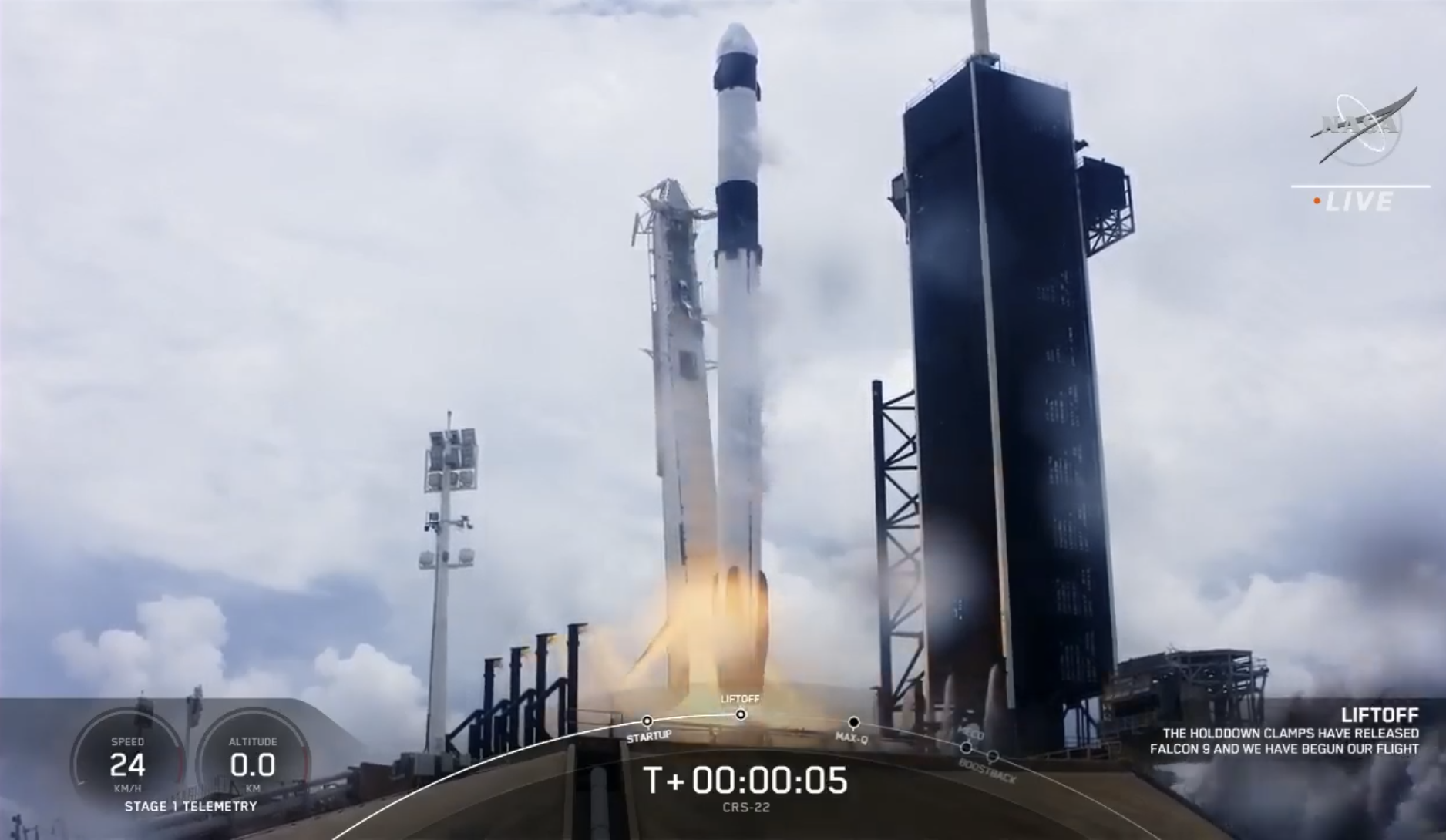
Weather conditions for Wednesday night’s launch were predicted to be 90-percent favorable, deteriorating only slightly to 80 percent in the event of a 24-hour scrub to the backup opportunity on Thursday. “A slow-moving weak frontal boundary is on track to pass through Central Florida tomorrow afternoon, with a chance for isolated showers and storms near the Spaceport in the late afternoon,” noted the 45th Weather Squadron at Patrick Space Force Base in its L-1 update on Tuesday.
“While most models have shower activity located off the coast, as well as to the south, isolated showers moving onshore during the launch window cannot be ruled out, making the Cumulus Cloud Rule the primary threat for a Wednesday night launch attempt,” the 45th added. Increased wind speeds associated with a strengthened pressure gradient were anticipated on Thursday.
Flying last night’s mission was B1067, making the seventh flight of her career and her fourth so far in 2022. She was introduced into the Falcon 9 flight in June of last year, when she kicked off the month-long CRS-22 Cargo Dragon mission to the ISS.
B1067 went on to deliver eight astronauts from the United States, Germany and Italy to the sprawling orbital outpost on last November’s Crew-3 and last April’s Crew-4 missions. In addition, last December she lifted Turkey’s powerful Türksat 5B communications satellite on the initial leg of its long trek to geostationary altitude, followed by the CRS-25 Cargo Dragon in July 2022 and most recently—after no less than five scrubbed launch attempts—a batch of 54 Starlinks in mid-September.
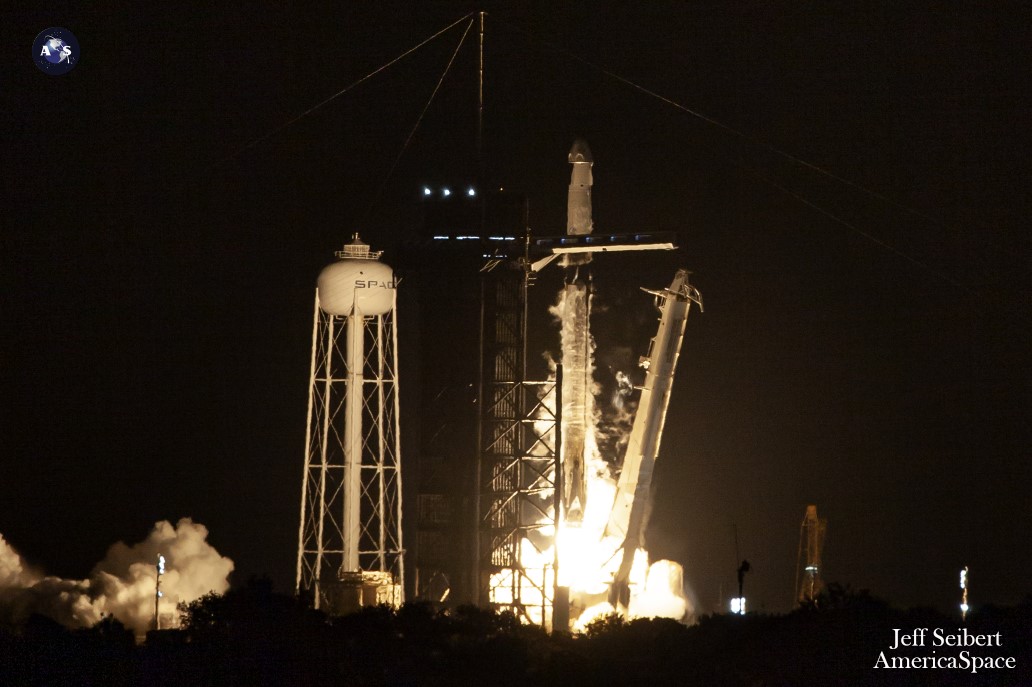
Wednesday’s launch proceeded without incident, although SpaceX opted to aim for the end (1:22 a.m. EDT Thursday) rather than the start (11:26 p.m. EDT Wednesday) of the 122-minute “window”. It cited the need “to complete pre-flight checkouts”.
Less than nine minutes after liftoff, the core stage pirouetted to a smooth touchdown on the Autonomous Spaceport Drone Ship (ASDS), “Just Read the Instructions”, situated about 420 miles (675 kilometers) offshore in the Atlantic Ocean. B1067 has now logged safe returns to all three SpaceX drone ships, with two on-point touchdowns on JRTI, four on the deck of “A Shortfall of Gravitas” and aboard “Of Course I Still Love You”.
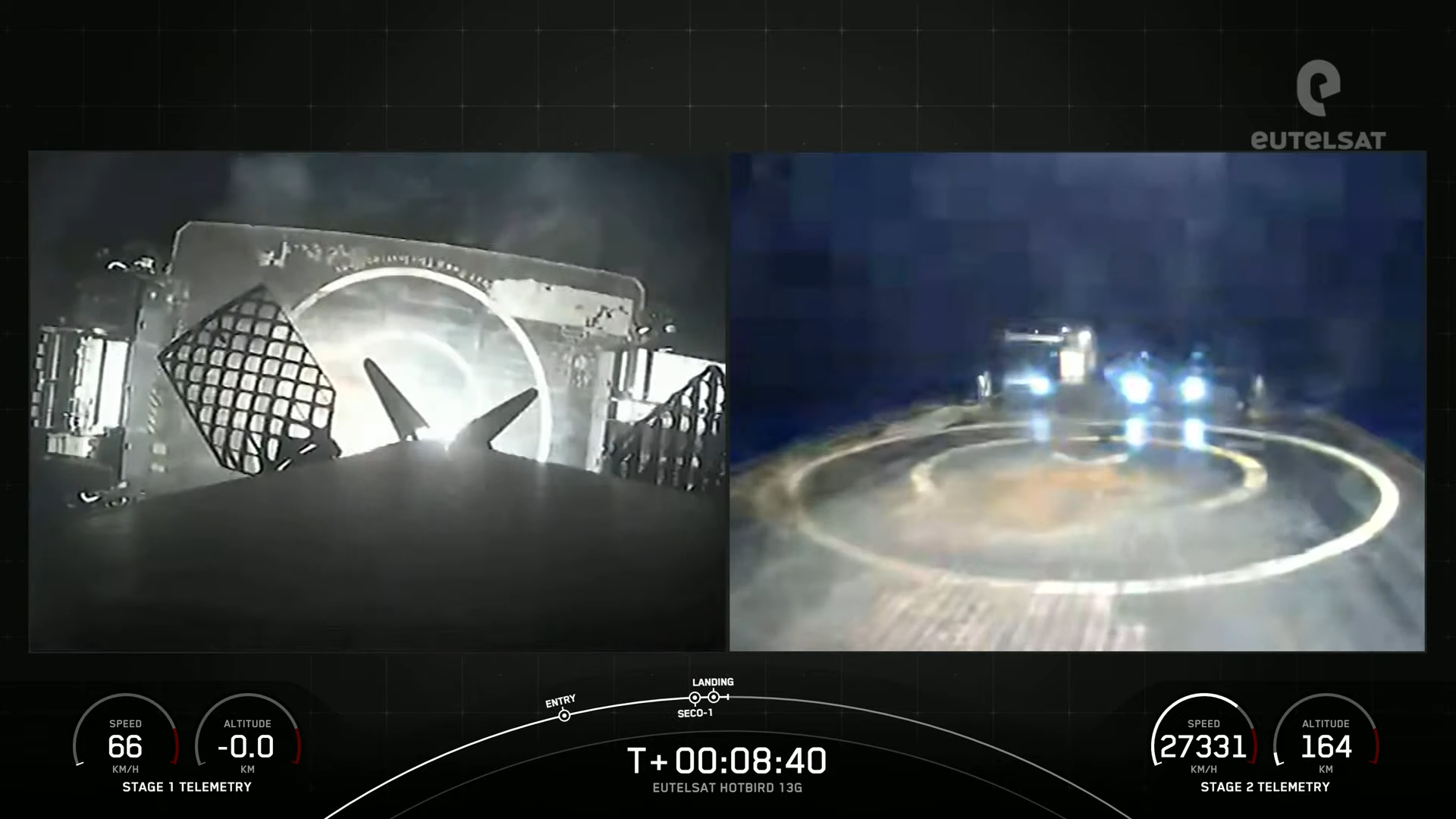
Following the separation of B1067, the Falcon 9’s second stage conducted a customary six-minute “burn” to deliver Hotbird 13G uphill. The satellite was set to be released about 36 minutes after last night’s launch.
With two missions thus completed in the month’s first two days, November looks set to be a banner month for SpaceX. The dual-stacked Galaxy 31/32 geostationary-bound communications satellites are up next, as soon as Tuesday, 8 November, with the CRS-26 Cargo Dragon—laden with a new set of ISS Roll-Out Solar Array (iROSAs) to augment the ISS electrical power grid—due to follow no earlier than the 18th.
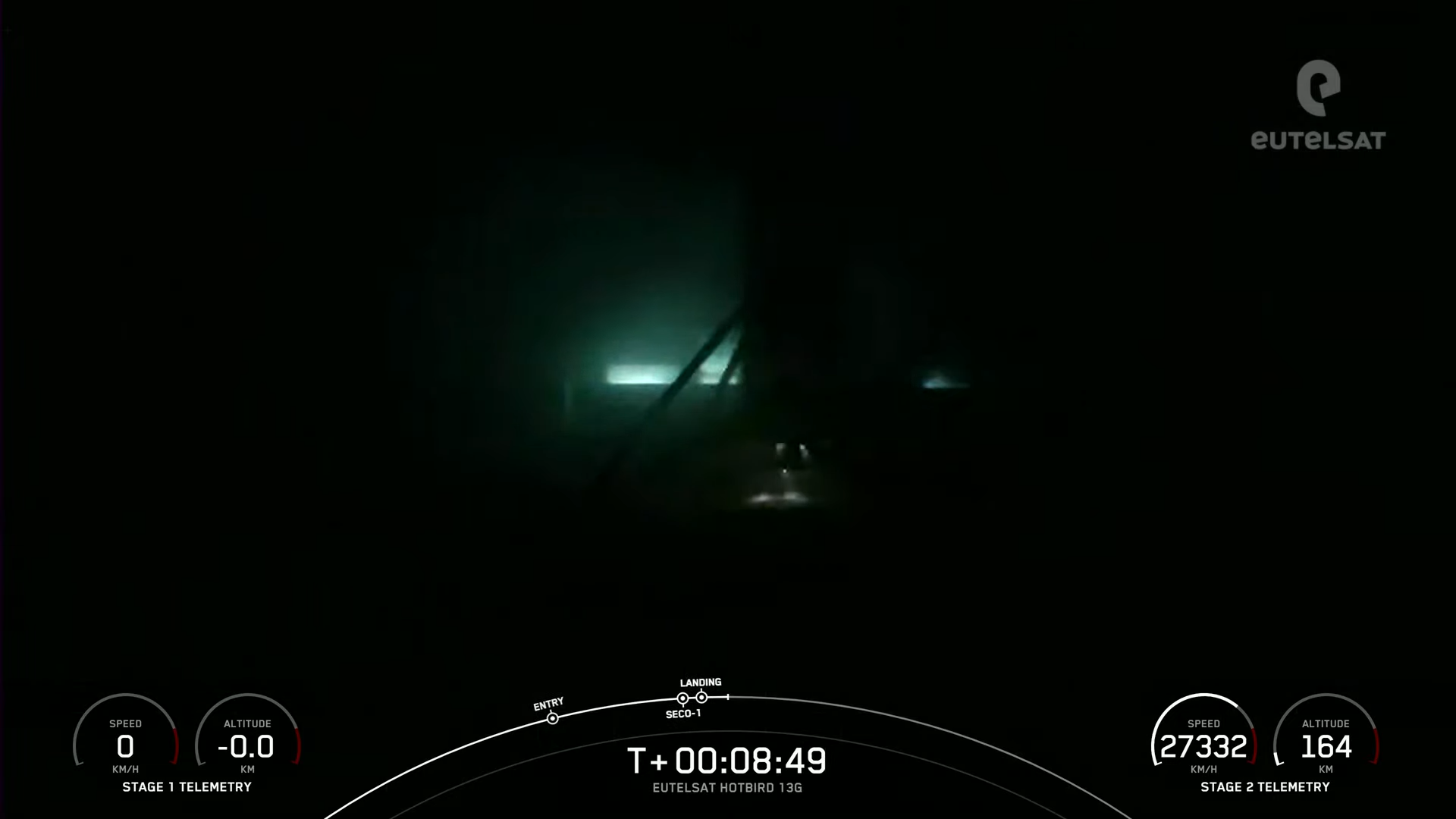
NASA’s water-ice-seeking Lunar Flashlight will launch alongside Japan’s Hakuto-R lander and the United Arab Emirates’ (UAE) Rashid lunar rover on 22 November, with the Eutelsat 10B communications satellite also slated for later this month. That is without mention of possible Starlink missions, which could see November close out as SpaceX’s first seven-launch month.
In any case, the long-serving B1051 and B1049 Falcon 9 cores—the former of which has already logged 13 launches, the latter ten—are expected to be expended after launching the Galaxy 31/32 twins and Eutelsat 10B later this month. Together with the Falcon Heavy’s B1066 center core, which was also expended after Tuesday’s USSF-4 launch, this marks the first time since January 2020 that SpaceX has not attempted to recover boosters.




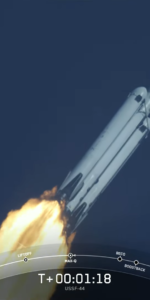
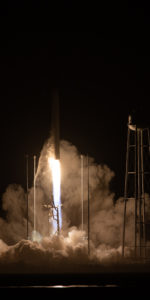
7 Comments
7 Pings & Trackbacks
Pingback:Six-Times-Flown Falcon 9 Lofts SWOT Ocean Watcher from Vandenberg - AmericaSpace
Pingback:SpaceX Flies Twice in One Day, Aims for Third Launch on Saturday - AmericaSpace
Pingback:SpaceX Launches 9x-Flown Falcon 9, First Eight-Mission Month Beckons - AmericaSpace
Pingback:SpaceX Launches 9x-Flown Falcon 9, First Eight-Mission Month Beckons - Space News
Pingback:Relativity, SpaceX Target Florida Launches This Week - AmericaSpace
Pingback:SpaceX Launches Seventh Falcon 9 of March, Looks Ahead to 80-Mission Year - AmericaSpace
Pingback:SpaceX Launches 7th Falcon 9 of March, Seems Forward to 80-Undertaking Yr - NACION ASTRAL